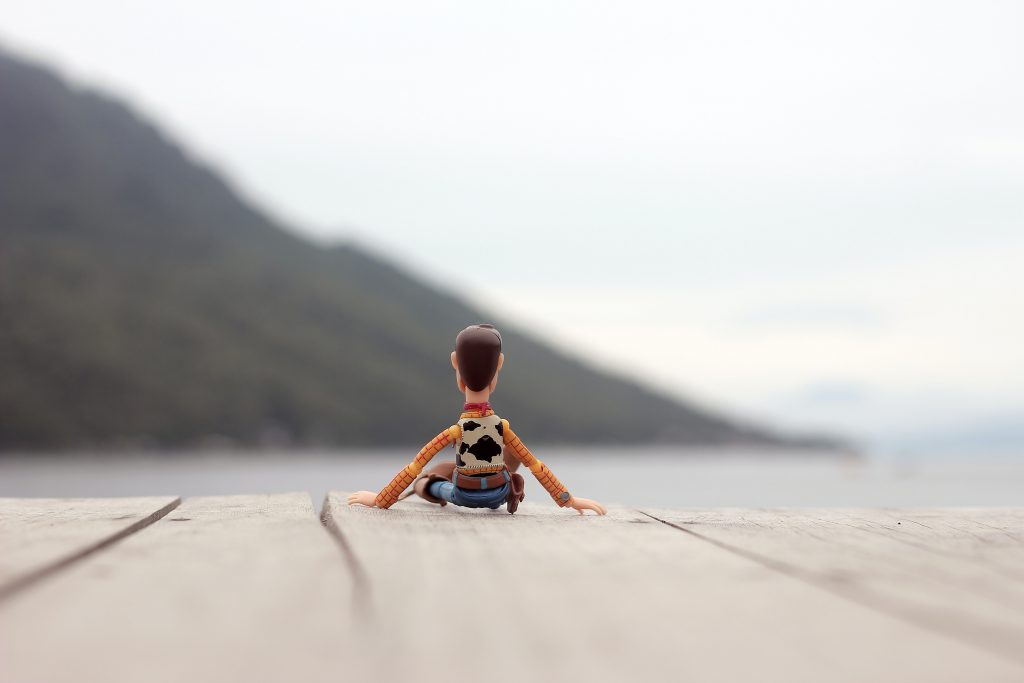“Animation” is an overused word that doesn’t mean what you think it does. Often used to refer to an entire field, animation is one aspect of a process.
As video professionals, we think it’s important that you grasp what it is we actually do. To help you better understand all the facets of video production, we’re doing a brief blog series on some of its core tenets.
We hope this will enable you to (1) know what goes into video production and (2) communicate well with those who make videos. Keep in mind, however, that this is an overview. We’ll be skipping over many things – even entire roles that are crucial to the production process.
Without further ado, let’s discuss what goes into animation.
Definitions
According to Merriam-Webster, the act of animating is “to make or design in such a way as to create apparently spontaneous lifelike movement.” In other words, animators bring to life the things they are animating. This often takes place during post-production.
In the same way that a puppeteer makes an inanimate object appear to live, an animator makes something on a screen appear to be alive. In and of itself, the puppet can’t do anything except look good; with the touch of a puppeteer, it becomes a real character.
But don’t confuse the act of animating with the entire discipline.

Animation is One Piece of the Pie
In a typical Pixar production, for example, many different disciplines come together to create an animated film. There are set designers, simulation artists, shaders, lighting artists, and those who work with rendering technology, to name a few. Notice that all of these roles are needed in addition to the role of an animator.
Each of these roles help one another succeed. A modeler creates a character model, whereas a rigger builds motion controls on top of that model, so that an animator can take over. In our puppet example, a modeler would create the puppet; a rigger would create the strings that allow us to move the puppet.
In other words, animators specialize in the movement of an object, but may not handle every part of the process.
Video Animation
Although all this is true, animation in a video project is a bit different. Oftentimes, smaller teams mean each person does more. One person alone may create the model, rig it, and animate it.
Videos also don’t typically do extremely detailed, intensive work, like entire animated films or realistic visual effects (think Game of Thrones). They usually won’t need to render for weeks on end because of all the complex sets, visual effects, and virtual camera tweaks.
Although smaller agencies may not have the resources of a company like Pixar, this doesn’t mean that quality suffers.
How to Communicate with an Animator
Animators have specialized knowledge in many different areas of their craft. Especially if they’re working at a video agency like ours, they understand the many facets of what makes something look good.
Whether you need a fully animated video or just some simple movement, it’s important to be clear and up front with your animator as to what you’re looking for. Don’t worry about technical language, as they’ll understand what you mean when you ask for something like “fast, bouncy movement.”
Communicate your vision in its entirety and allow room for their creative input. Although you might have a great idea, a great animator likely has thoughts that would never have crossed your mind. Listen and be open to the unexpected directions that your project could go!
In summary, animation is one aspect of the video-making process. It requires great attention to detail and specialization.
Animation (and its respective field) can do almost anything. It can tell every story. It can easily create a successful video, especially if you work with a top-rated 3D animation agency like ours.


